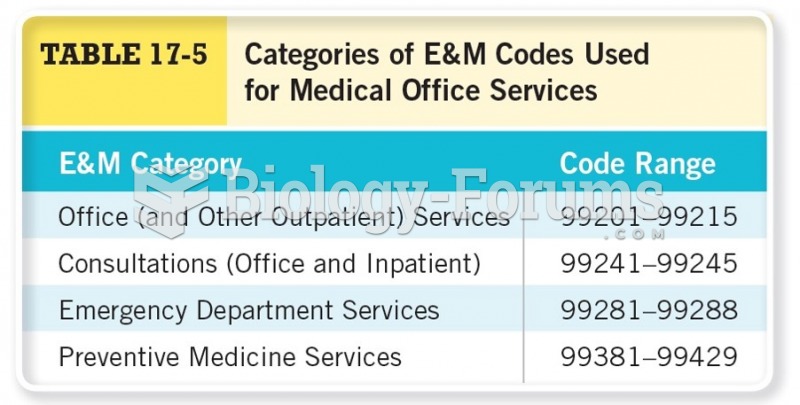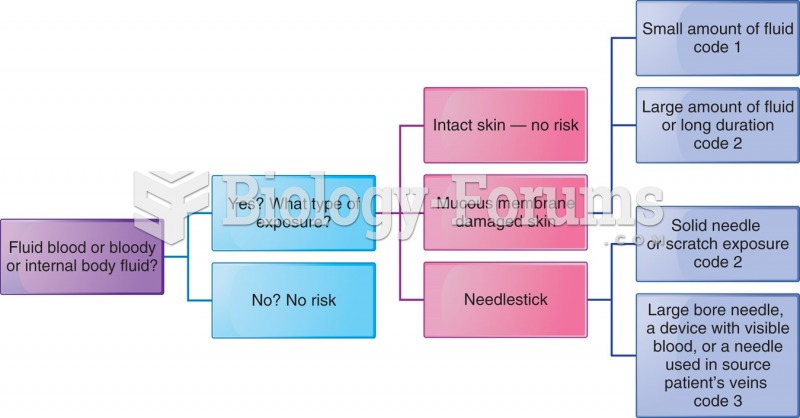Code the following cases for outpatient facility purposes using ICD-9-CM, ICD-10-CM, and CPT codes. Sequence codes in the correct order.
Calculate the APC.
Assign modifiers when appropriate.
Use external cause codes when appropriate.
Do NOT code procedures that are captured by the facility chargemaster.
EMERGENCY DEPARTMENT VISIT
PATIENT: SUZANNE OFFICE
RECORD NUMBER: 12-68-23
DATE OF SERVICE: 06-16-XX
PHYSICIAN:DR. KIM. M. D.
HISTORY: 48-year-oldwhite female who presents.She has been taking Amoxicillin from her gynecologist for the past few days for upper respiratory infection sort of symptoms and now she has developed a blotchy rash on her left posterolateral trunk as well as her right upper extremity. This rash is extremely itchy. She has been taking some Dimetane DX butit does not seem to be helping. She then began the Amoxicillin but she has been only taking it for a couple of days.
PHYSICAL EXAMINATION: Today she is in no acute distress other than the complaints of the significant pruritus along with this rash. She does not have any facial swelling or pharyngeal swelling or shortness of breath.Tympanic membranes are clearbilaterally.Throat is clear. Neck is supple. Although this is not a typical systemic reaction, it certainly appears to be more of a drug reaction than any other dermatitis that I can think of. It is mostly macular, erythematous and extremely pruritic type dermatitis in these two large areas.It is possible that it just has not developed enough time to spread to the rest of her body. She is not in any acute distress at this time. We will start her on antihistamines in the form of Seldane 60 mg bid that she will take at least for a 3-5 day period. She will discontinue Amoxicillin at this time and notify her physician that she has a drug allergy to Amoxicillin.
IMPRESSION: Acute drug reaction.
ICD-9-CM diagnosis code(s): _____________________
ICD-10-CM diagnosis code(s): _____________________
CPT code(s) with modifier, if applicable: _____________________
APC: _____________________







